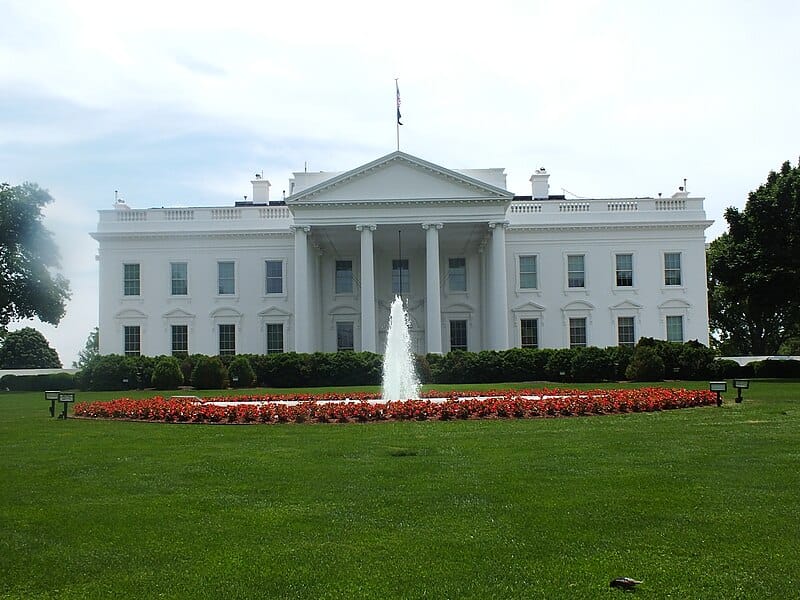Trump v. Harris, How They Would Manage The US Dollar

It may be the best indicator of our nation’s future prosperity — the relative performance of the United States Currency, the Dollar. After all, we are a nation of consumers, and in the latest reported month (August 2024), our country purchased over $340 billion from overseas. At the same time, we are the most heavily indebted country in the world, with foreign investors purchasing over 20% of our debt.
Clearly, the stronger the Dollar, the more our consumers can purchase, while a strong Dollar encourages others to invest in US Treasury Bonds, Notes, and Bills. In economic terms, a rising dollar is a virtuous cycle, meaning lower prices at home and our ability to sustain government borrowing.
Election 2024
This Presidential Election is unique in that it is one of those few times when we can review the records of both Candidates, President Trump as a former President and Vice President Harris as an integral part of the Biden/Harris Administration. So, we can look at the United States Economy from Trump’s Inauguration in January 2017 until Today. That will give us all four years of Trump’s economic record and three years of the Biden-Harris record. (Economic data is notoriously slow to be released, so we’re still working on Q2 2024 and earlier.)
Big Spenders
The US government has spent record amounts in the last eight years. As we’ll see, record spending equates to record borrowing. The first Federal Budget of $1 Trillion was the Obama Budget 2017. Note: The Federal Budget is due by September of the prior year; thus, a new President’s first year in office operates under a Budget prepared by the outgoing Administration.
The Obama Budget yielded a deficit of a little under $700 billion. Trump seemed OK with this spending level, adding another $100 billion-plus to his first Budget (2019). Trump’s First Budget left us with a deficit of just under $800 Billion. (These deficits are significant because we’ll have to borrow to compensate for them.)
Then came COVID-19, and our finances went off the rails. To keep the economy going, Trump increased government spending, first by $1.6 trillion (2020) and then by $1.7 trillion (2021). With so many people out of work (and NOT paying taxes), deficits soared. In 2020, the Deficit doubled Budget expenditures to $3.2 Trillion. This was mainly due to those “off-budget items,” the stimulus checks. In 2021, things got a little better, with a deficit of “only” $2.7 Trillion, and since then, we’ve been running at a deficit of around $1.5 Trillion per year.
Anyway, you look at it, we’ve been building a mountain of debt.
So, here’s where it gets interesting. Wouldn’t it be great if someone would help us out by buying up a portion of that debt?
Indeed, that’s been happening for a long time. In the first year of President Trump’s term (and for many years before that), 31% of our debt was purchased by foreign investors. This means we only had to come up with approximately 70% of our spending; global investors would put up the rest. We were using OPM — Other People’s Money.
Today, that’s changing in a big way. Foreign investors are becoming very wary of America’s free-spending ways. Today, only 22% of our national debt is being purchased by foreigners. We now have to buy nearly 80% of our debt. On top of that, we’re creating a lot more debt. The difference from Trump’s first year in office until today is $700 billion per year, which is what we need to come up with.
Economists have a shortcut way of looking at debt. When Trump took office, the total Federal Deficit was just 2% of our Nation’s Economy (GDP). Today, it’s 20% and growing.
(Note: I’m leaving out a discussion of how the Central Bank could monetize our debt. We’ll leave that for another day).
Here’s the bottom line: the money train is beginning to slow down. The ability of the United States to borrow and borrow and have other people take our debt is slowing precipitously; since June of this year, the US Dollar Index has declined nearly 2%, which is a big move in the currency. This means that, relative to all the other currencies in the world, the Dollar is worth 2% less than last summer. Those offshore investors who bought T Bonds or Notes last summer in their native currency would get 2% less if they sold Today. Not something that would make them very happy.
While foreign exchange is notoriously volatile, this is not a good trend for the Dollar. Outside investors have to see a steadily increasing supply of Dollars (due to our high deficits) combined with some seriously sketchy fiscal policies, and it’s reasonable to assume that they’re beginning to think twice about investing in America.
Both presidential candidates, Kamala Harris and Donald Trump, promise to “rein in” government spending. However, both see this more as a way to control inflation than to maintain the strength of the US Dollar.
Regrettably, neither candidate has spoken much about defending the Dollar’s Reserve Status and its impact on our standard of living.
**